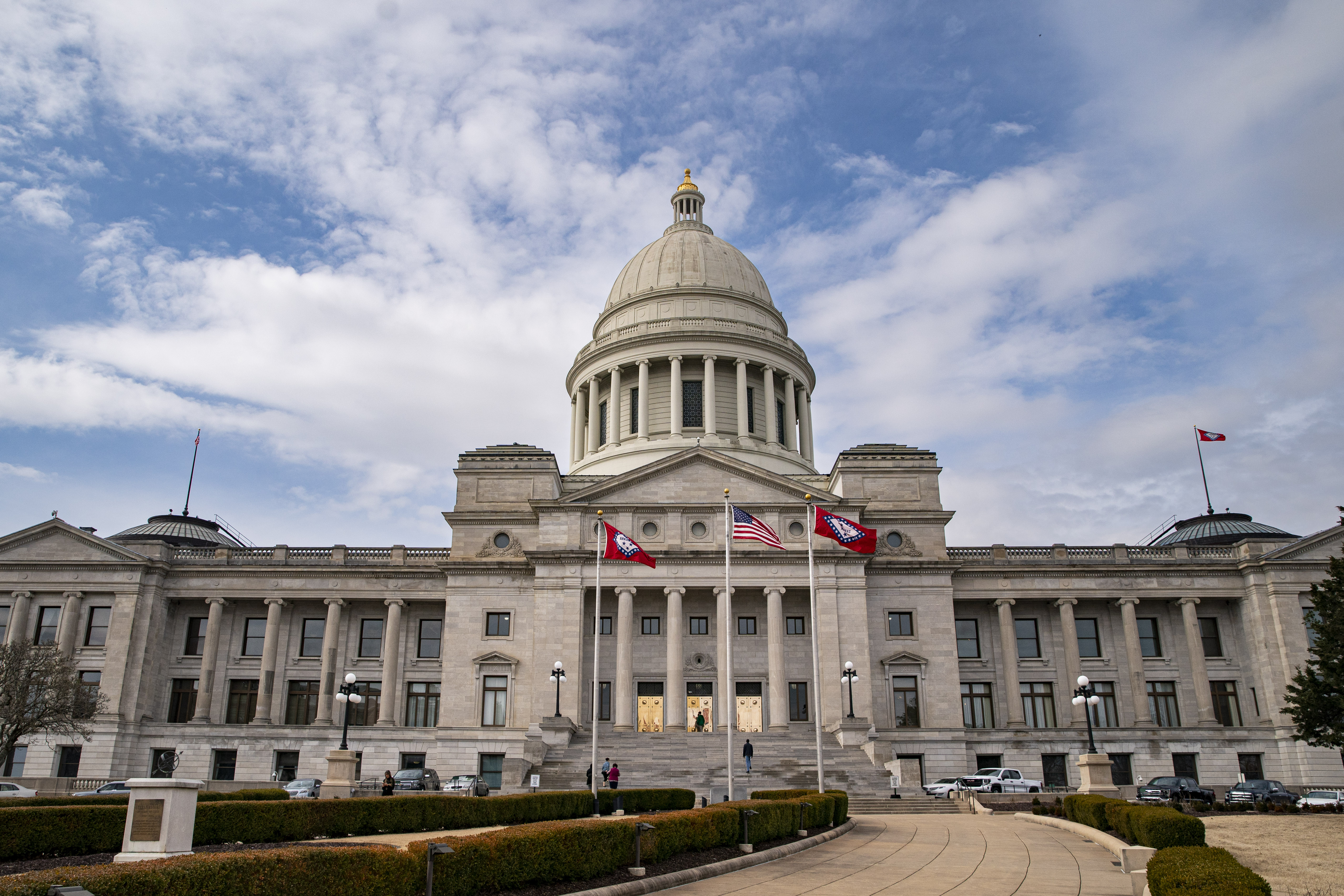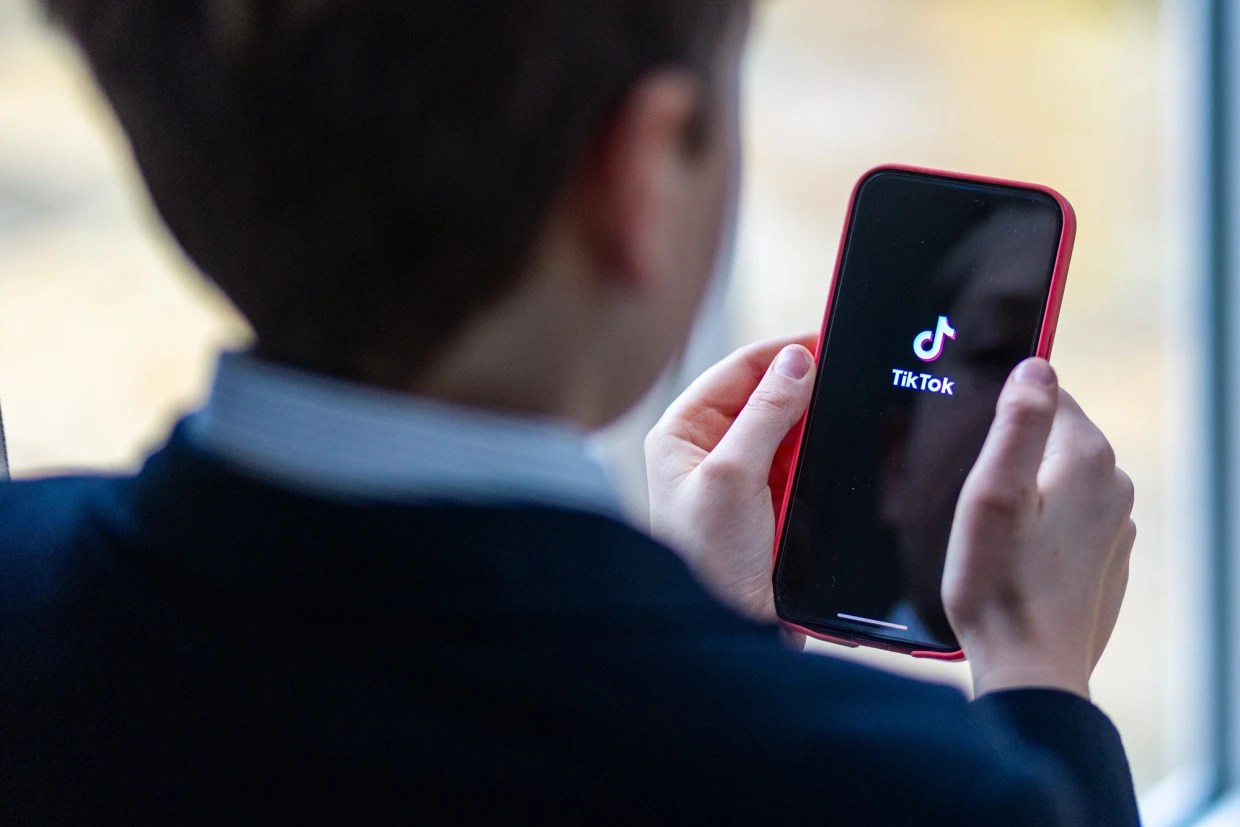Introduction to Pulmonary Rehabilitation
Pulmonary rehabilitation is a program designed to improve the quality of life for people who have lung disease. While you may think it is simply an exercise plan-and structured exercise is a big part of the process-it is much more than that. Most programs offer educational programs about lung function and how to interpret your lung function tests.
A pulmonary rehabilitation program offers you:
- training in breathing techniques and energy conservation.
- lessons in how to monitor the symptoms of your disease.
- lessons in how best to use your medications.
- dietary counseling.
- help with psychosocial issues such as family stress, sexual issues, anxiety, or depression (all of which are very common in people with lung disease).
- A side benefit of a pulmonary rehabilitation program is that it offers social interaction with other people with lung disease. Many of them have experienced the same problems you have and may have worked out some solutions that may be helpful to you.
Sitting around doing nothing is one of the biggest mistakes a person with lung disease can make. It results in de-conditioning of your muscles and sensations of increased shortness of breath whenever you do something. Pretty soon you become almost chair-bound and may become increasingly depressed. We have seen many people with COPD who, barely able to walk 50 feet before rehab, can walk 10 or 15 times that far after participating in a pulmonary rehabilitation program.
Who benefits?
If your lung function is reduced enough that you feel impaired in your normal physical activity and/or your job, you will probably benefit from a rehab program. This loss of function is almost always reflected in abnormal pulmonary function tests, but programs generally do not use specific pulmonary function test criteria for entrance into the programs.
U.S. & World
Education and counseling
You will also benefit from a pulmonary rehab program if you do not understand your disease, how to properly use your medication, are over or underweight, or do not know about breathing techniques and energy conservation issues that will help you to become more functional. You also may benefit if you experience anxiety or other mental distress because of your inability to breathe normally.
Severe disease cases
It is rare for a person to have such bad COPD that he or she cannot participate in a pulmonary rehabilitation program. Even if you have as little as 10 percent of your lung function remaining, you will often benefit from an educational and exercise training program, though you may not get the same benefits as someone with less severe disease. Still, just as those with moderate disease set goals for the six to twelve week rehab program, so too will those with more severe disease.
Pulmonary Rehabilitation Programs
Your primary care physician or your pulmonary physician will usually refer you to an established program. While programs are often run out of hospital rehabilitation departments, they may also be freestanding.
Cost
Pulmonary rehabilitation programs can be quite costly because of the resources they use. Increasingly, however, data is being published which documents the beneficial effect of these programs on both the patient's functional ability and his quality of life. The result has been that more and more insurance companies are covering the cost of these programs. It is important for you to check with your insurance company about its coverage and policies before you enter a pulmonary rehabilitation program.
Criteria for admission
You must meet certain criteria (aside from having lung disease) to enter a pulmonary rehab program. In most programs you must be a non-smoker (or have stopped smoking) and not be abusing other substances such as alcohol or narcotics. You will be assessed for the presence of other diseases that might interfere with your ability to exercise. These include such illnesses as heart disease, circulatory problems in your legs, strokes, widespread cancer, and significant liver disease among others. You also must be motivated to participate both in the educational and exercise aspects of the program and you must not have a mental illness that would interfere with your ability to participate in the activities.
Pulmonary Rehabilitation staff
A pulmonary rehabilitation program requires a multidisciplinary team to function properly. Core members are a program coordinator or director (who is often either a registered respiratory therapist or a physical therapist) and a medical director who is a physician. Most programs also include an occupational therapist, dietitian, pharmacist, social worker and homecare personnel. Other members might include a psychologist and/or psychiatrist, chaplain, vocational rehabilitation counselor, speech therapist, etc.
What actually happens in the pulmonary rehabilitation program?
- The assessment: Once you have entered the program, you will first undergo an assessment. The first part of this assessment is an interview. You'll be asked about your symptoms and how well you are functioning in your normal, daily activities. The interviewer will try to determine how much you know about your disease and your medication. In this initial assessment, the interviewer will also assess whether you are experiencing mental distress or disruption of work or family life because of your illness. Your nutritional state will be assessed and your lung function tests will be evaluated. Finally, you will be asked to do an exercise test in order to determine the baseline amount of exercise you can do.
- Setting goals: Then, the program coordinator will meet with you to set program goals both for increasing your knowledge base and for increasing your functional exercise capacity.
- Starting the program: You will then start the program, which will include both a series of classes and regular exercise programs usually two or three times a week. If you are using supplemental oxygen, your oxygen may also be adjusted to meet your needs at rest and especially when you are exercising.
Several types of exercises are used in pulmonary rehabilitation programs. Endurance training programs usually include treadmill and/or stationary bicycle exercise with increasing time and/or workloads as the program progresses. This family of exercises increases cardiovascular endurance. In addition, it is important to exercise the arms with such mechanisms as wall pulleys, hand weights or elastic bands. Strength training programs involve exercise with free weights, hand, and ankle weights. These exercises may reduce shortness of breath during activities of daily living. Both upper and lower extremity exercises are important.
Physical benefits of exercise
Once you have stopped smoking and are on optimal medication, it is very unlikely that you will actually gain lung function. Emphysema in particular is a disease in which the lung tissue itself is actually destroyed and cannot be replaced. The real benefit of exercising is the improvement in the conditioning of your muscles. This improved muscle condition allows you to use fuel (oxygen) more efficiently. This makes movement less taxing to your lungs and reduces your sensation of shortness of breath and muscle fatigue so that you can travel further, more easily.
How much should I exercise?
Most pulmonary rehabilitation programs run from six to twelve weeks. During the formal programs, you exercise from one to two hours, two to three times a week. When you finish the formal program, your coordinator will give you an exercise prescription to take home with you for an ongoing maintenance program. Many programs will also have you come back in at intervals to redo some of your baseline tests to see how well your are maintaining your function.
Long-term commitment
Benefits of exercise continue only for as long as you continue to train. Once you stop exercising, you will eventually lose all the ground you have gained. So it is imperative that you continue to maintain an active exercise program once the formal pulmonary rehabilitation has ended. In order to maintain an active lifestyle, you will need to continue this exercise program throughout your lifetime.
Will I Be Able To Stop Using Supplemental Oxygen?
When you enter the pulmonary rehabilitation program, you may be using supplemental oxygen. Most patients who require supplemental oxygen will continue to require oxygen even after significant improvement in exercise capacity. If the oxygen is being used as a response to a recent infection or exacerbation of an infection, and if the lung heals itself from the infection, you may not need oxygen following the rehab program. Also, if you've required only a small amount of supplemental oxygen, this may also be a case in which you can stop oxygen after rehab. Still, these are not ordinary cases, and most of the time, if you require oxygen before rehab, you will need to continue with it afterwards.
Pulmonary rehabilitation programs benefit a wide range of people suffering with COPD. They offer disease education, counseling, exercise programs, and a social support system. Regardless of the severity of disease, if you are struggling with COPD, you can improve your functioning and your state of mind. Rehabilitation can help you get started.



